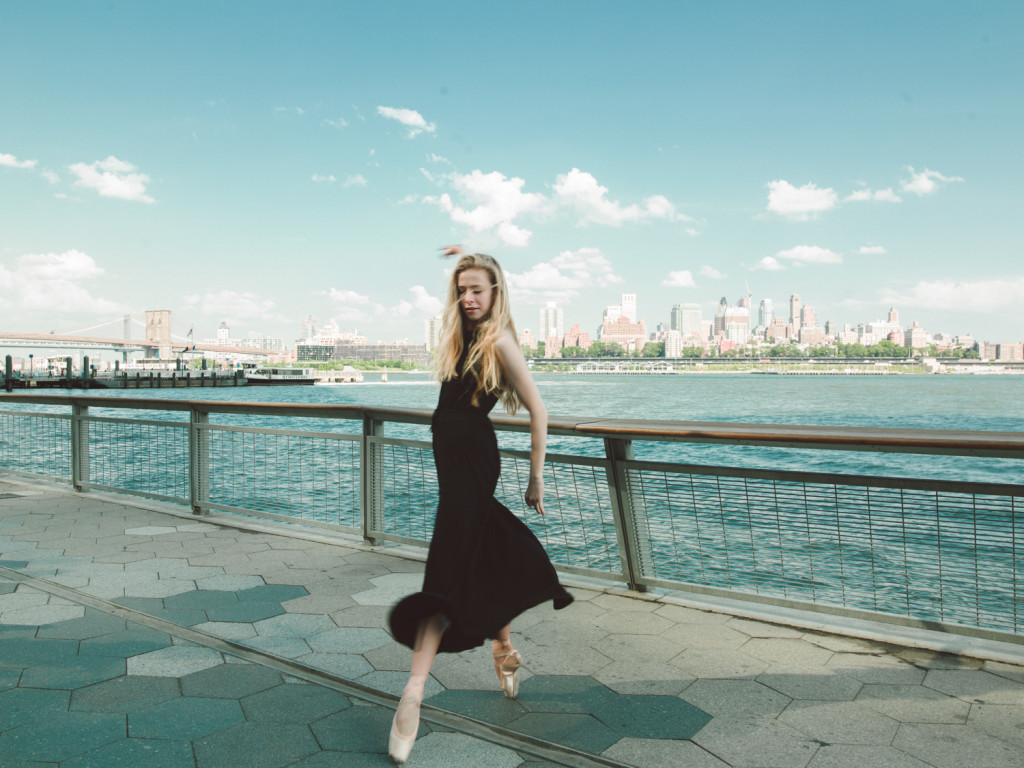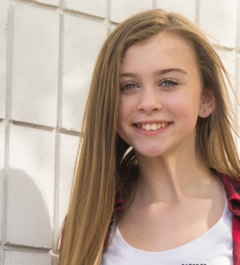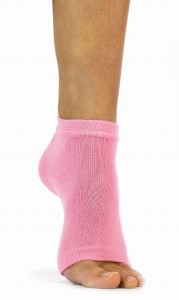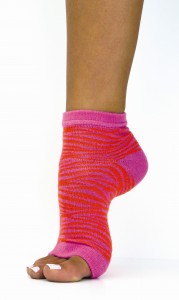How/when did you first become acquainted with the work of the Trocks?
I first discovered the Trocks several years ago when they came to Montreal to perform at Place des Arts. I saw an ad in the newspaper and was immediately intrigued by the photo of these men in ballet drag.
I did a bit of online research and couldn’t believe that I’d never heard of the company, who have been touring the world since 1974!
Then I was even more surprised than no one had ever done a behind-the-scenes documentary about them.
This is your first documentary on a dance subject. How was making this film different (or not) from your past work?
This is indeed my first film in the dance world, and, in fact, my first film with male main characters as well!
This year is my 20th anniversary as a documentary filmmaker, so I have spent some time this year reflecting on my filmmaking choices…asking myself why I am drawn to certain people and environments to follow and film.
It is now clear to me that my passion is observational documentary filmmaking.
I love to immerse myself in worlds and with people that I am often unfamiliar with, to build deep trust so I can follow in an intimate way, and then find the common human threads that connect these unique individuals and realities to a wider audience.
I am also a big fan of the underdogs in life…and love stories of determination and resilience.
My university degree is International Relations, so I also realize that with each film I am looking to bridge bridges of understanding to ultimately celebrate our shared humanity.
So the Trocks appealed to me because it was a world I knew so little about, and I wanted to learn more…and subsequently share what I learned with the public.
I also love uncovering untold stories that I feel the public should know more about, and the Trocks is definitely an example of this.
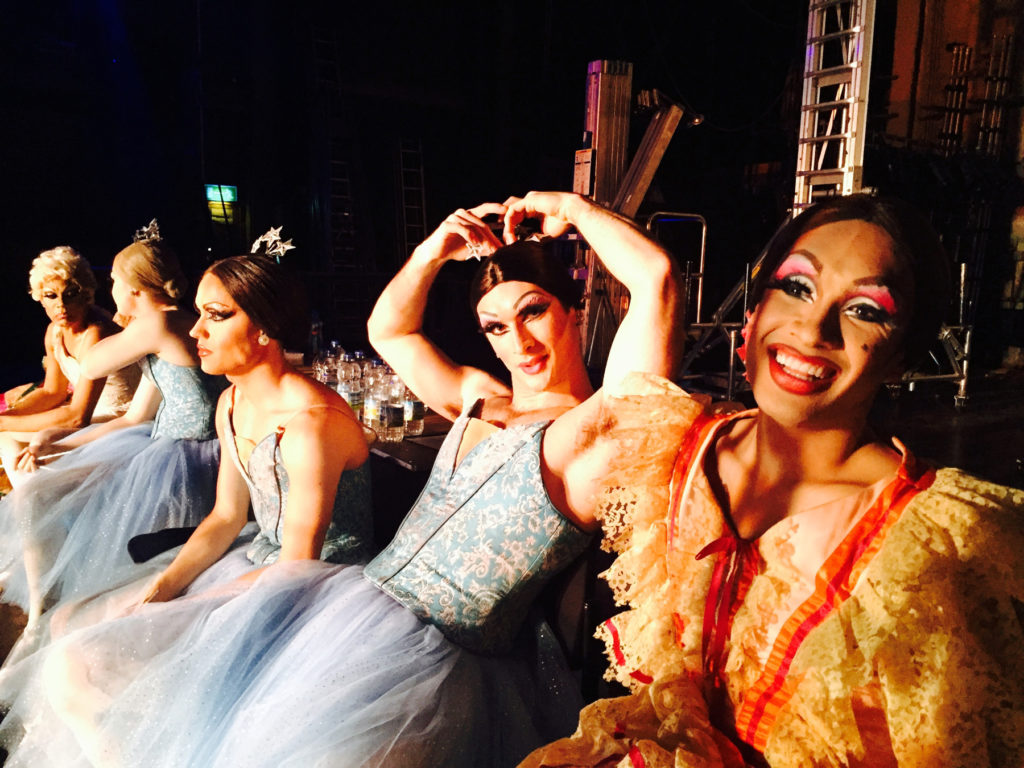
Tell us a little about the documentary’s style/format and how it tells the story of the company…
I am a cinema verite, observational filmmaker. In other words, I like to let life happen and hopefully catch narrative lightning in a bottle, so to speak.
I also had a wonderful editor to work with — Catherine Legault — who was instrumental in helping me structure the film in the editing room. Catherine was a dancer herself in the past, which was very helpful, and her timing and flow really added so much to the film.
I knew I wanted to juxtapose the company’s fascinating history with life on the road today, including some personal stories of a few of the dancers.
I have gravitated, over the years, to filming a lot of footage by myself, without any crew.
Although this is exhausting at times, it does allow for a deeper intimacy with the characters, not to mention quick mobility to follow the natural movements of characters at a moment’s notice.
Of course this can result in some technical challenges that my post production team help me correct as best they can (ie: colour, sound, etc.), but it also offers audiences a connection to the characters that is on a much deeper human level.
How long did it take to create this documentary? Were there any particular challenges with featuring a dance company on camera? Did you have concerns about losing certain elements of live performance?
From the moment I first discovered the Trocks, it took about 4 years to create the final film.
Some of the biggest challenges were trying to literally stay out of the way of the dancers, be it in rehearsal or during a live performance. They are professionals through and through, as are their incredible, skeleton staff who are the wind beneath their wings. I often had two cameras at live performances. I would shoot by myself backstage and a second cameraperson would be set up on a tripod out in the auditorium to film the performance itself.
I admit that there were a few times when the Associate Director and Production Manager Isabelle Martinez had to literally grab me by the collar and yank me in another direction so I wouldn’t get run into by a dancer zooming off stage into the wings, or to prevent me from wandering out on stage accidentally because I was so enraptured by filming what was going on.
But I think, overall, things went very well filming with the Trocks, and I developed such a deep respect for how hard they work on a daily basis to be such incredible dancers.
Where can audiences find “Rebels on Pointe”?
Audiences can check on our film website at www.rebelsonpointe.com to find the latest screening information, and we also post updates on the film Facebook page at https://www.facebook.com/RebelsonPointe/







